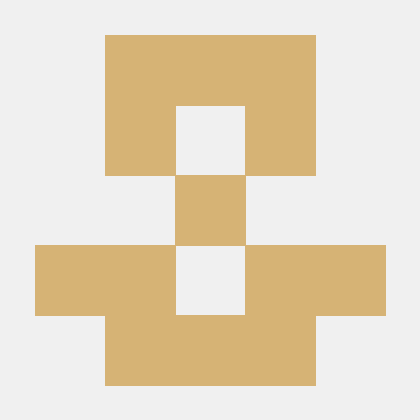Docker Basics
 Jayesh Nalawade
Jayesh NalawadeDocker is a popular platform for developing, shipping, and running applications in isolated environments called containers. Containers package all the dependencies, configurations, and code an application needs, making it portable and consistent across different systems.
1. What is Docker?
Docker is a tool that uses containerization technology to enable applications to run consistently across different environments. Unlike virtual machines, containers are lightweight and share the host operating system's kernel, resulting in faster startup and lower resource usage.
Key Concepts
Images: Templates for creating containers. Think of an image as a blueprint that includes your application code and dependencies.
Containers: Running instances of Docker images. A container is a lightweight, portable encapsulation of an environment where applications can run.
Dockerfile: A text file with instructions for building a Docker image. It contains commands for setting up the environment, installing dependencies, and configuring the application.
Docker Hub: A public repository where Docker images can be stored and shared.
2. Why Use Docker?
Consistency: Ensures applications run the same way across all environments.
Portability: Docker containers can be run on any system that supports Docker.
Efficiency: Uses less memory and resources than virtual machines, as containers share the host OS kernel.
Scalability: Easily scales applications by deploying multiple containers.
3. Basic Docker Commands
Here’s a rundown of essential Docker commands:
bashCopy code# Check Docker version
docker --version
# Pull an image from Docker Hub
docker pull <image_name>
# List all Docker images
docker images
# Run a container from an image
docker run <image_name>
#Run container and direct access to bash
docker run -it <image_name>
#Access bash of existing container
docker exec -it <image_name> /bin/bash
# List all running containers
docker ps
# Stop a running container
docker stop <container_id>
# Remove a container
docker rm <container_id>
# Remove an image
docker rmi <image_name>
Subscribe to my newsletter
Read articles from Jayesh Nalawade directly inside your inbox. Subscribe to the newsletter, and don't miss out.
Written by
